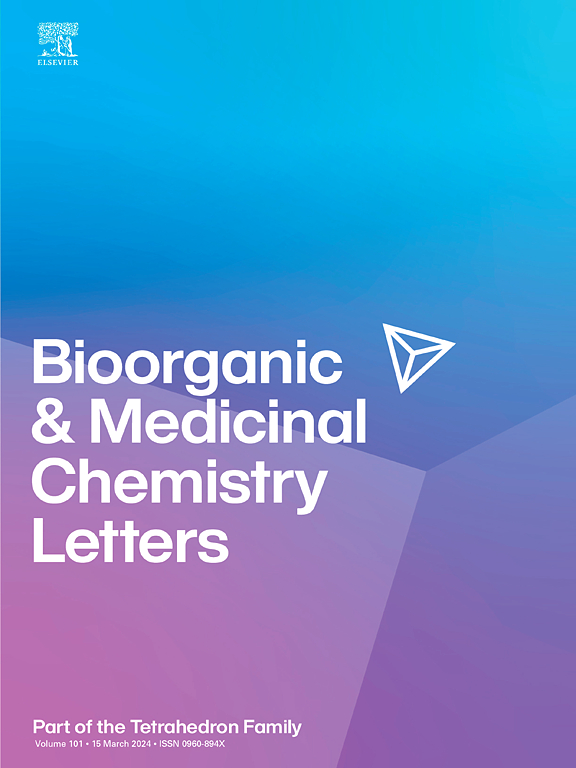Discovery of aldolase A inhibitors via high-throughput screening assay based on an enzymatic coupling reaction
IF 2.2
4区 医学
Q3 CHEMISTRY, MEDICINAL
引用次数: 0
Abstract
Aldolase A (ALDOA) is a key enzyme in glycolysis, catalyzing the reversible conversion of fructose-1,6-diphosphate (FBP) to dihydroxyacetone phosphate (DHAP) and glyceraldehyde-3-phosphate (GAP). The aberrant overexpression of ALDOA is associated with the development of various solid tumors. Here, we developed an in vitro enzymatic coupling reaction assay, which demonstrates high cost-efficiency and is suitable for high-throughput screening (HTS). With this assay we identified two potential ALDOA inhibitors, merbromin and ellagic acid, from our in-house compound library. Merbromin and ellagic acid exhibit significant inhibitory activities with IC50 values of 8.49 ± 0.62 μM and 19.87 ± 2.03 μM, respectively. The nuclear magnetic resonance (NMR) and surface plasmon resonance (SPR) experiments further confirmed their high affinities to ALDOA, with the dissociation constants (Kd) of 0.49 ± 0.10 μM and 0.64 ± 0.10 μM, respectively. Enzyme kinetics experiment revealed that both compounds act as noncompetitive inhibitors of ALDOA. Our study showed that the enzymatic coupling reaction-based assay established here is highly effective and offers a promising approach for the development of ALDOA inhibitors.

通过基于酶偶联反应的高通量筛选试验发现醛缩酶A抑制剂
醛缩酶A (ALDOA)是糖酵解的关键酶,可催化果糖-1,6-二磷酸(FBP)可逆转化为磷酸二羟丙酮(DHAP)和甘油醛-3-磷酸(GAP)。ALDOA的异常过表达与多种实体瘤的发生发展有关。在这里,我们开发了一种体外酶偶联反应试验,该试验具有高成本效益,适用于高通量筛选(HTS)。通过该试验,我们从我们的内部化合物库中鉴定出两种潜在的ALDOA抑制剂,merbromin和鞣花酸。Merbromin和鞣花酸的IC50值分别为8.49±0.62 μM和19.87±2.03 μM。核磁共振(NMR)和表面等离子体共振(SPR)实验进一步证实了它们与ALDOA的高亲和力,解离常数(Kd)分别为0.49±0.10 μM和0.64±0.10 μM。酶动力学实验表明,这两种化合物都是ALDOA的非竞争性抑制剂。我们的研究表明,基于酶偶联反应的分析方法非常有效,为开发ALDOA抑制剂提供了一种有前途的方法。
本文章由计算机程序翻译,如有差异,请以英文原文为准。
求助全文
约1分钟内获得全文
求助全文
来源期刊
CiteScore
5.70
自引率
3.70%
发文量
463
审稿时长
27 days
期刊介绍:
Bioorganic & Medicinal Chemistry Letters presents preliminary experimental or theoretical research results of outstanding significance and timeliness on all aspects of science at the interface of chemistry and biology and on major advances in drug design and development. The journal publishes articles in the form of communications reporting experimental or theoretical results of special interest, and strives to provide maximum dissemination to a large, international audience.

 求助内容:
求助内容: 应助结果提醒方式:
应助结果提醒方式:


